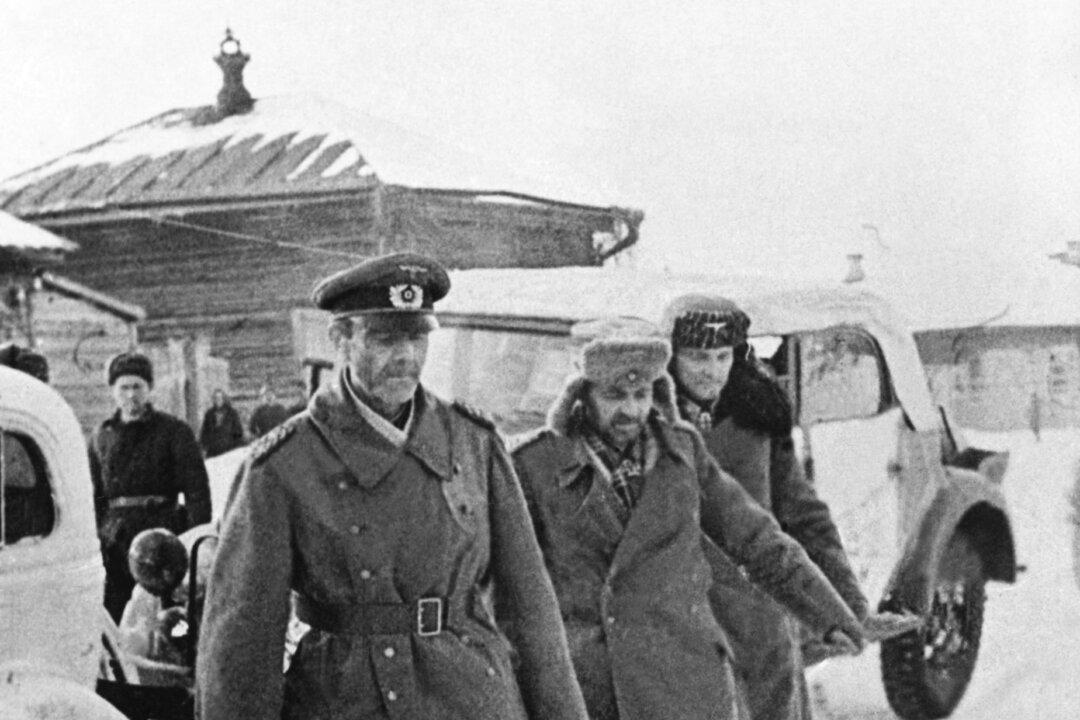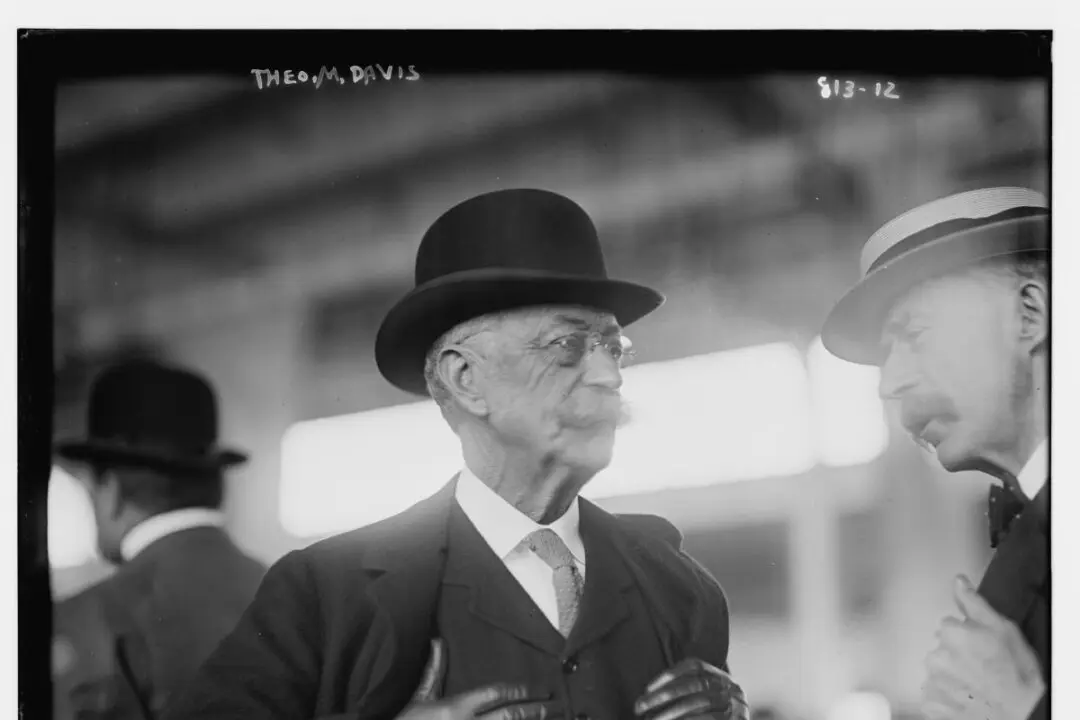Operation Barbarossa, which launched the German invasion into the Soviet Union during World War II, proved to be one of the pivotal mistakes that led to Nazi Germany’s ultimate defeat.
The Germans had launched their invasion in the summer of 1941, and by the winter of that year it had become clear how colossal of a mistake the invasion had been. William E. Hiestand takes the reader on an in-depth journey, not into the invasion but into what happened once the German Sixth Army found themselves deep in Soviet territory, specifically Stalingrad.






